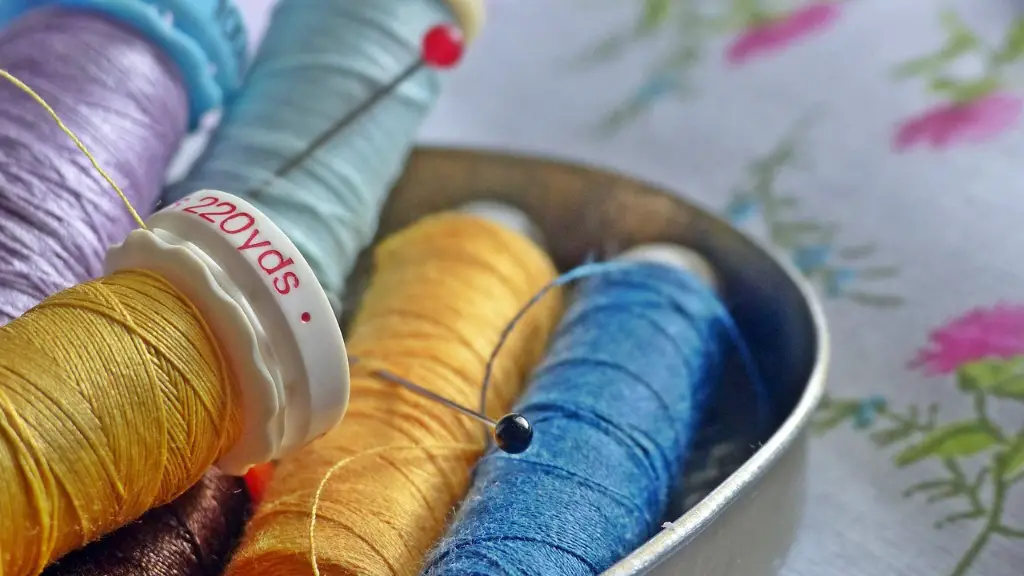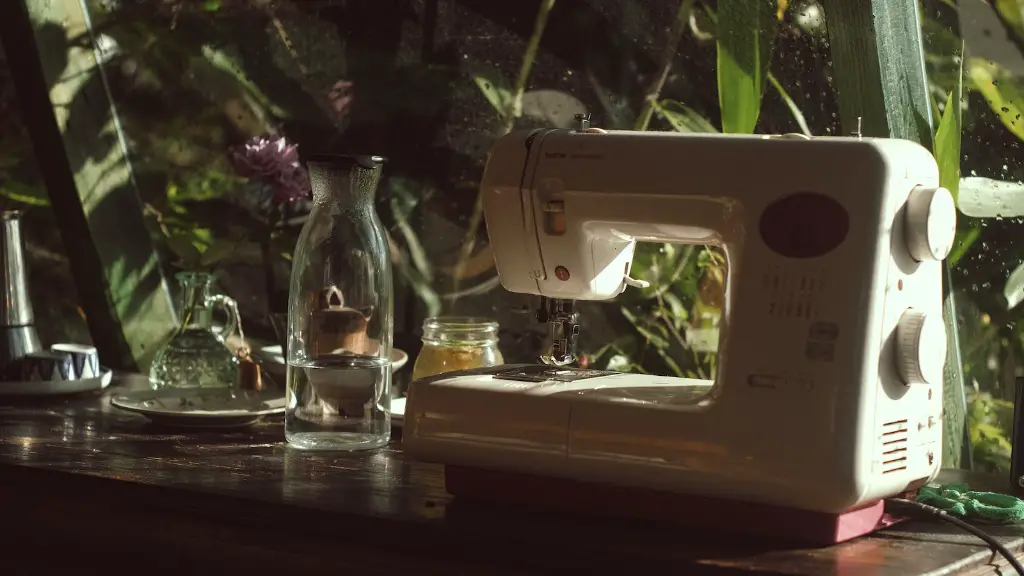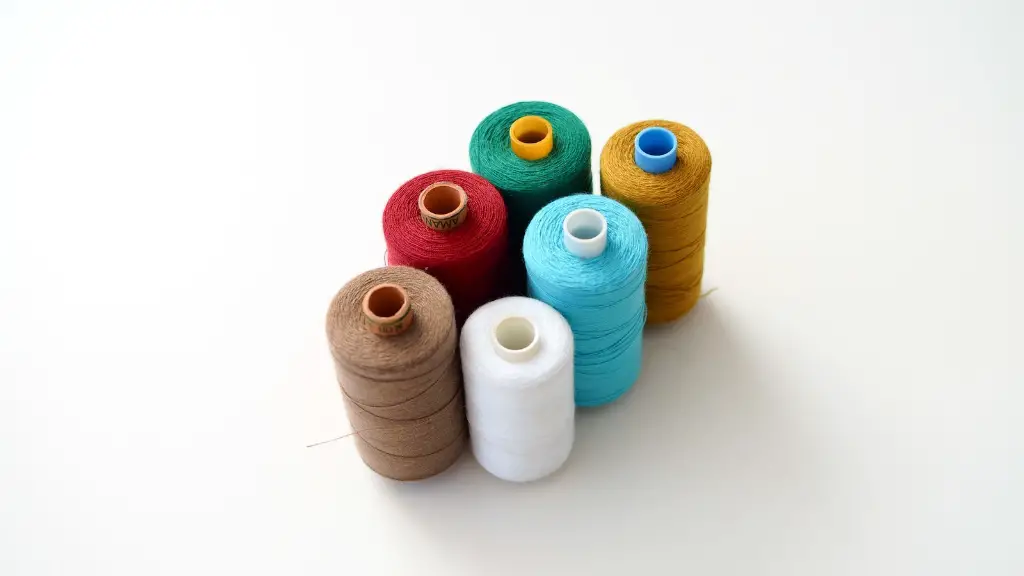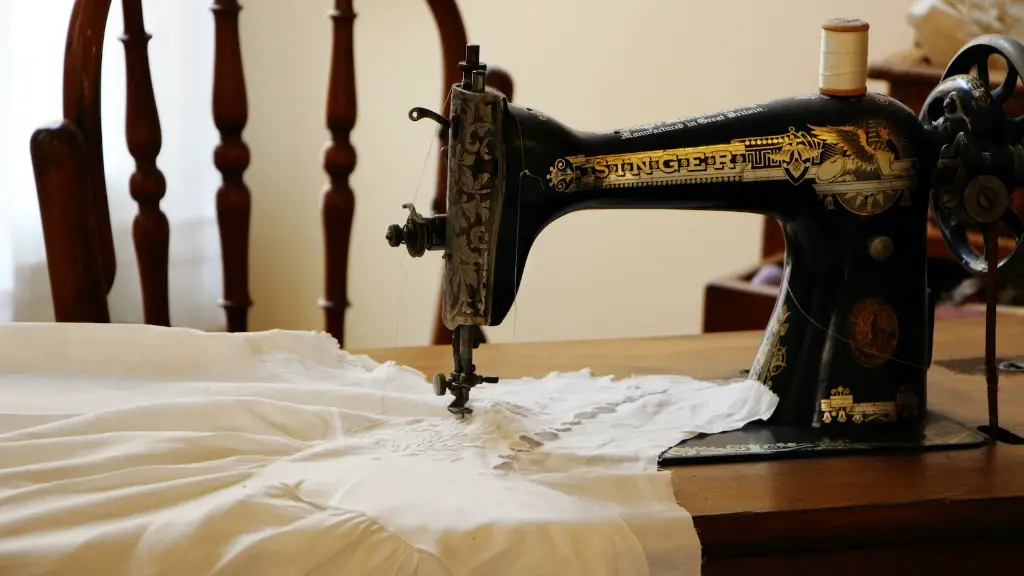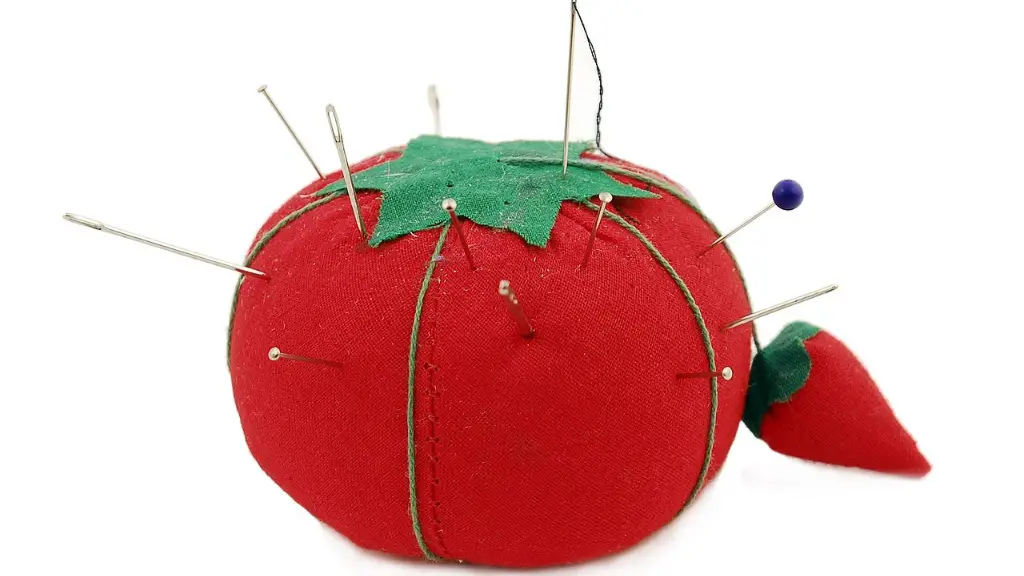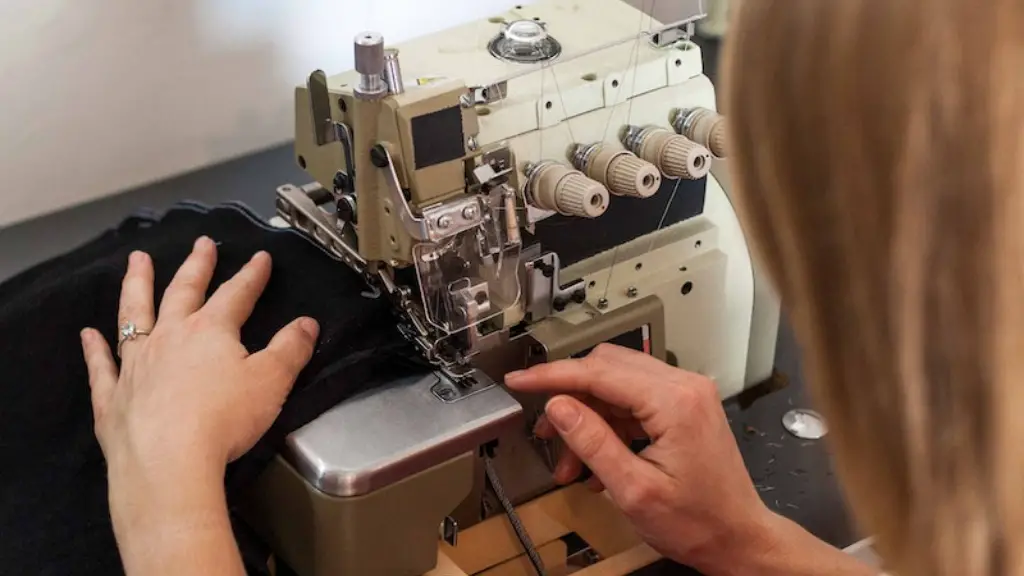Sewing Machine Maintenance
Caring for a sewing machine is essential to ensure its longevity and successful operation. Regular maintenance helps minimize the cost of repairs due to wear and tear or malfunction. For example, if a machine is not cared for properly and lubricated, it can lead to the motor or other components becoming damaged. Understanding the importance of regular service and maintenance of a sewing machine is crucial for anyone who owns one.
Frequent inspections and cleaning of the machine can identify and address problems before they have time to cause serious damage. A well-maintained machine also ensures that the quality of the stitches produced is consistent and of high quality. Regularly inspecting the machine helps to identify potential problems before they can cause the fabric to be damaged or the project to be ruined.
Preventative maintenance helps to extend the life of the machine and reduce the cost of repairs. Full service of a sewing machine should be done at least twice a year and more often if it is used daily or for intensive projects. This prevents premature wear and tear, rusting, and other parts from wearing out too quickly. It includes cleaning the machine, inspecting for problems, checking the tension on the thread, oiling the screw, changing the light bulbs, and replacing any worn or broken parts.
Additionally, regular replacement or adjustment of the presser foot is essential for reliable and efficient operation. The presser foot is the part of the machine that holds the fabric in place. It should be checked and adjusted regularly as it is subject to wear and tear, which could cause it to malfunction. Depending on the type of machine, maintenance will involve other components as well of which will require cleaning and lubrication.
To make sure the machine is functioning properly, it is important to always use the proper attachments and accessories. Using third-party attachments and accessories can reduce the machine’s performance, quality of the stitches produced, and potentially damage the parts. It is always best to buy quality accessories for the machine.
In order to maintain the machine, it is important to follow instruction manuals and use only genuine spares for replacement parts. It is also recommended to keep the machine in a dust free environment, as dust can accumulate and damage the internal components. Finally, it is not recommended to use the machine for long periods at one time, as this can cause premature wear and tear and reduce its longevity.
Advanced Sewing Machine Maintenance
Advanced maintenance involves the inspection of safety and performance-related parts. It should be done in regular intervals and before each use of the machine. The most common components that should be regularly inspected include the electric cords, foot pedal, motor, power switch, and power supply.
The motor of the sewing machine is one of the most crucial parts of the machine. It provides the power to move the machine and to produce straight, even stitches with consistency. It is important to inspect the motor for any signs of wear and tear and for any parts that need to be lubricated or replaced.
The other components of the electric cord should also be inspected to make sure they are in good condition. The electric cords should be checked for any cuts or defects that could cause danger. The cord should be secured properly to the machine to prevent any accidents.
The power supply should be checked for any signs of damage or possible failure. It is important to test the power supply and the cord for any signs of damage, as malfunctioning or loose parts can cause the machine to stop working suddenly.
The foot pedal should also be inspected regularly to ensure it is functioning correctly. It should have enough power to activate the motor and to move the needle up and down without any stalling or jerking.
Finally, the power switch should be checked to make sure it is operating properly. This is important, as the power switch is responsible for turning the machine on and off, and for controlling the speed of the motor. A faulty power switch can cause the machine to malfunction, producing inconsistent stitches and possibly damaging the fabric.
Protective Measures
Protective measures can be taken to ensure the longevity and optimal performance of a sewing machine. Installing dust covers and air filters is one of the best ways to protect a machine from dust, debris, and other harmful particles. It is also important to keep the machine away from direct sunlight and to store it in a temperature-controlled environment.
A protective mattress should be placed underneath the machine to protect it from any vibration or movement. This helps to protect the internal components of the machine and keeps the machine steady when working on it. It also reduces the noise and vibrations that the machine makes while working.
It is also important to keep the machine in a well-ventilated area. Poor ventilation can cause the machine to overheat, leading to premature wear and tear of the internal components. Finally, an anti-slip pad should be placed beneath the machine to prevent it from slipping and falling.
Regular Machine Service
Having a machine serviced regularly is important for optimal performance. Professional services should be scheduled at least once a year or as often as required. A qualified technician should perform the service and should be skilled in the type of machine being serviced.
Professional services usually involve inspecting, cleaning, and lubrication of the internal components and parts. This ensures optimal performance and extends the life of the machine. The technician should also check the safety measures, power cables, and accessories. If any parts need replacing, they should be done by a professional.
The technician should also provide advice on how to use the machine correctly and how to avoid any problems. They should also be able to provide information on the best way to maintain and store the machine. This helps to prevent any damage caused by improper use or storage of the machine.
Tips for Regular Care
Regular cleaning and dusting is an important part of caring for a sewing machine. Regular maintenance helps to detect any potential problems before they become serious. The following tips should be followed for regular care:
- Clean the machine regularly with a soft cloth and special cleaning solution.
- Lubricate the mechanical parts of the machine, including the feed system and pressing mechanism.
- Replace parts when necessary, such as needles, warning gas, or motor parts.
- Inspect the machine for any signs of damage or wear and tear.
- Store the machine in a dust-free and temperature-controlled environment.
Conclusion
Servicing and maintaining a sewing machine is essential for ensuring its longevity, safe operation, and optimal performance. A machine should be inspected and serviced regularly to identify and address any potential problems. Professional services should be done at least once a year for more demanding machines. Protective measures, such as dust covers and air filters, should be installed to prevent any damage caused by dust and other particles. Finally, it is important to follow the instructions in the manual and use only original accessories.
